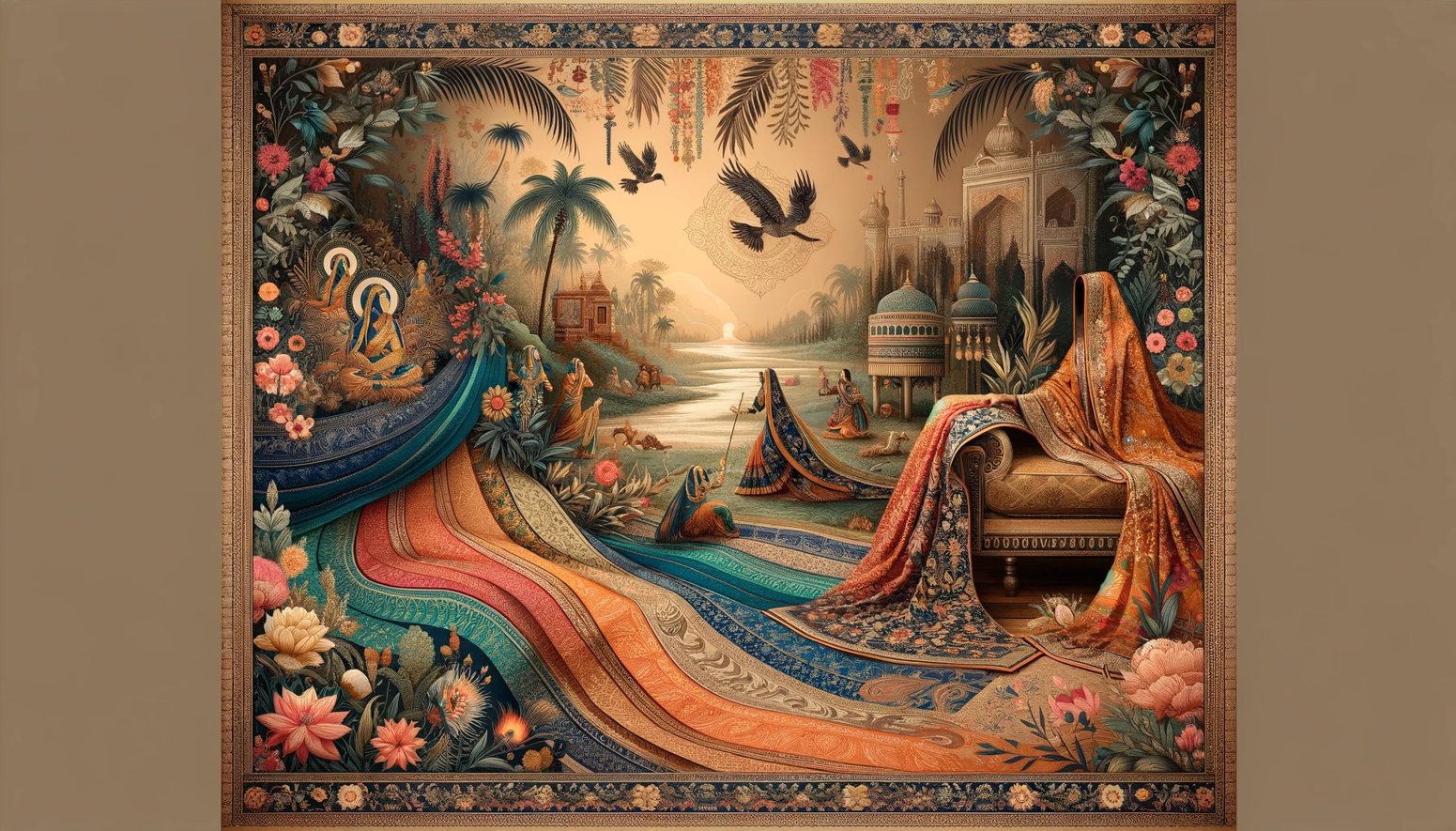
Handloom saree weaving in India dates back thousands of years to the Indus Valley Civilization. This tradition has been passed down through generations, with each region developing its own distinctive styles and techniques. The Maurya, Gupta, and Mughal periods saw the flourishing of silk and cotton weaving, with famous styles like Banarasi and Kanchipuram sarees emerging. During British rule, the handloom industry faced challenges due to the introduction of machine-made textiles. However, the Indian freedom struggle, led by figures like Mahatma Gandhi, revived interest in handloom weaving. Post-independence, efforts to support and promote handloom weaving have ensured its survival. Today, handloom sarees are celebrated globally for their craftsmanship and cultural heritage.
